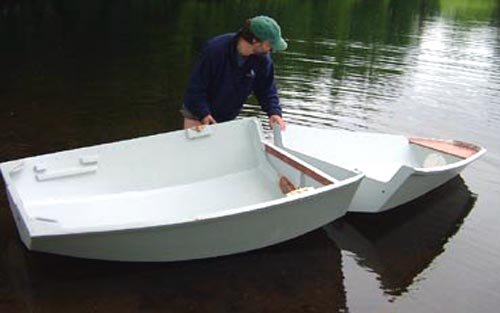
Wooden Rowboat Plans: Your Gateway to Lakeside Adventures
Imagine yourself gliding across a serene lake, the gentle rhythm of your oars propelling you through the water. The scent of pine fills the air as you navigate tranquil coves, casting a line for the catch of the day. This idyllic scene is within your reach with a handcrafted wooden rowboat, built from plans designed to meet your needs. Whether you're a seasoned boatbuilder or just starting your journey, the satisfaction of creating your own vessel is unmatched.
Unleashing the Possibilities of Wooden Rowboat Plans
Wooden rowboat plans offer a universe of design options to fit your specific needs and desires. This versatility allows you to tailor your boat for fishing, leisurely paddling, or even competitive rowing. With a wide range of styles available, including classic designs like the Whitehall, the clinker-built, and the lapstrake, you can choose the perfect silhouette to reflect your personal taste and intended use.
The Benefits of Choosing Wooden Rowboat Plans
The beauty of wooden rowboats goes beyond aesthetics. Here are some key benefits that make them a compelling choice:
Craftsmanship and Tradition
Building a boat from scratch is a rewarding experience that connects you to a rich maritime history. Each plank, each joint, and each stroke of varnish becomes a testament to your skill and dedication. The timeless elegance of woodcraft adds a touch of nostalgia to your time on the water.
Durability and Longevity
Properly maintained wooden rowboats can last for generations, becoming treasured heirlooms. The natural resilience of wood, combined with the meticulous craftsmanship involved, ensures a vessel that can withstand the test of time and the elements.
Versatility and Customization
Wooden rowboat plans provide a blank canvas for personalization. You can choose the dimensions, seating arrangements, and features to best suit your needs. From adding a comfortable bench to installing a fish-finder, the possibilities are limitless.
Finding the Right Wooden Rowboat Plans for You
The internet is a treasure trove of resources for finding detailed and comprehensive wooden rowboat plans. Look for reputable sources that offer clear instructions, detailed diagrams, and perhaps even video tutorials. Here are some key factors to consider when choosing your plans:
- Boat Length and Width: Determine the size that best suits your intended use and the body of water you'll be navigating.
- Rowing Style: Choose plans that cater to your desired rowing technique, whether it's sculling or sweep rowing.
- Construction Complexity: Select plans that align with your skill level and experience. Start with simpler designs and gradually move towards more intricate projects.
- Wood Species: Consider the availability and characteristics of different wood species to determine the best material for your boat.
Embrace the Adventure: Build Your Wooden Rowboat Today
The journey of building a wooden rowboat is an exciting adventure. It's a journey of learning, skill development, and personal satisfaction. With the right plans and a little dedication, you can create a lasting legacy on the water, one stroke at a time. So, dive into the world of wooden rowboat plans and embark on the journey of crafting your own masterpiece.













